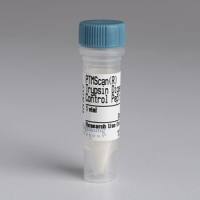In Vitro Model of Hypoxically Induced Nonreplicating Persistence of Mycobacterium tuberculosis
互联网
互联网
相关产品推荐

Mouse Reactive Alzheimer's Disease Model Microglia Phenotyping IF Antibody Sampler Kit
¥500

重组人 p38 delta / MAPK13 蛋白 (Activated in vitro, GST标签)
¥3220

Recombinant-Human-G-protein-coupled-receptor-family-C-group-5-member-BGPRC5BG-protein coupled receptor family C group 5 member B Alternative name(s): A-69G12.1 Retinoic acid-induced gene 2 protein; RAIG-2
¥12110

Tau Mouse Model Neuronal Viability IF Antibody Sampler Kit
¥500

KC model小鼠-疾病模型-自发肿瘤;原癌基因;癌症;肿瘤突变
询价
相关问答

